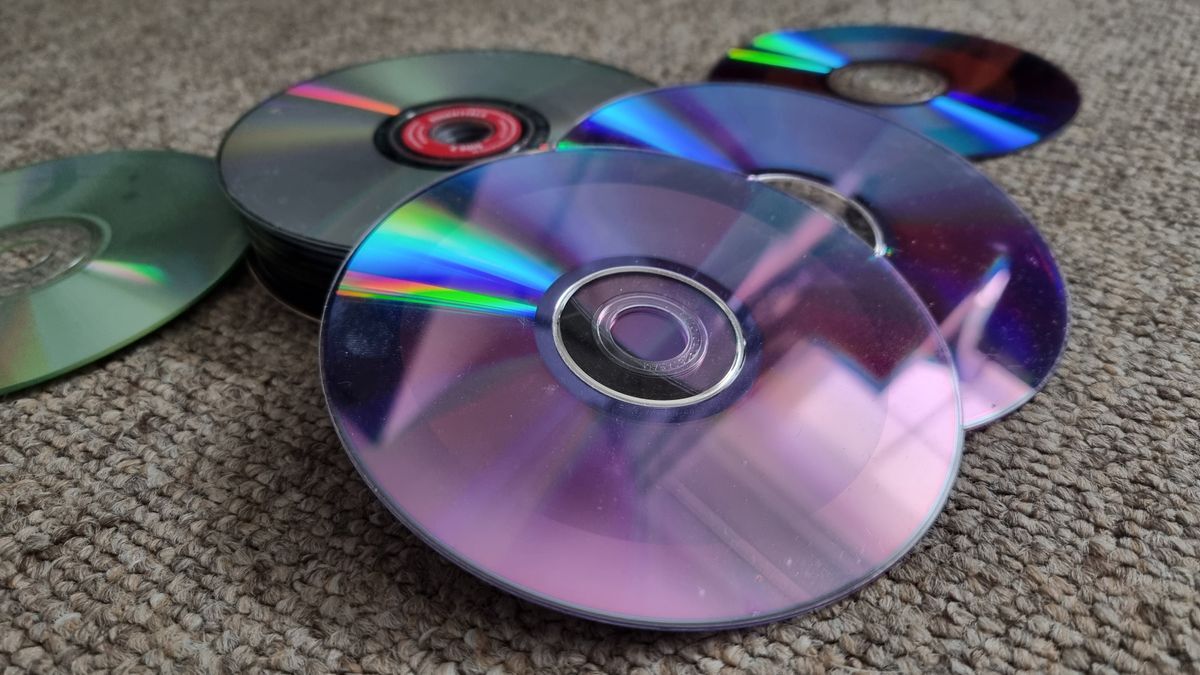The discs are said to be highly stable, with an expected lifespan of 50 to 100 years. That’s a huge leap over current data centre HDD based storage systems, which generally move data over to new devices every five to 10 years to avoid data-loss from ageing drives.
Dont most data centres actually use tape storage for achival data?
Many do, for long term archival at least, but tape still has only 30 years lifespan and has other limitations. As an example, the media wears relatively quickly when in use, so if there’s a need to access the data even relatively often optical media would make sense. That’s often not an issue in archival though.
The article is very light in detail but from what I’ve gathered they may only be in the proof of concept stage and looking for outside investments. This tech is years off which is basically a deathknell for anything targeting a today problem with a tomorrow solution. In data at least.
Longevity, Speed, Density… pick 2. This assumes rewritable media, of course… because we need feature parity. The current project appears to have at best 1 of the big 3.
Non magnetic media makes a lot of sense- but if we’re dealing in lasers we are limited by the spectrum of light. Sure you can probably focus a beam to burn into a layer 2, 15, 70 layers beneath another (and that’s impressive) … but explain how you plan to read that through the other layers. Explain how you will do it /quickly/. Explain how you won’t compromise the other layers receiving diffused light. I may end up being wrong but my gut tells me this is a research team just looking for venture capital.
This assumes rewritable media, of course… because we need feature parity.
I’d be fine without, if you can just append records to overwrite or delete previous files. For backup or long term storage RW doesn’t matter that much. Or at least, I’d much rather have a cheaper non rewritable disc with a capacity like this.
Optical discs are not really meant for longterm storage on their own. Disc rot is a real thing.
Edit: I should have gone into a bit more detail. Yes, optical storage discs CAN be okay for longer term storage. But it depends on quite a few factors. The material itself has to be long lasting, the manufacturer has to have good quality control, and the end client should store it in a controlled environment. It’s it better or worse than alternatives. No idea without the actual data. It certainly has better density.
Another associated benefit would be the minimisation of data migration. The discs are said to be highly stable, with an expected lifespan of 50 to 100 years. That’s a huge leap over current data centre HDD based storage systems, which generally move data over to new devices every five to 10 years to avoid data-loss from ageing drives.
This is also meant to compete with LTO tapes. To my knowledge, the current best is LTO9 with a max uncompressed storage of 18TB per tape.
100-200 TB on a disc would be huge as they could replace 5-11 tapes with one disc and have better random seek times.
Hopefully this does not end up like HVD which was promising but ended up dying due to the initial cost:
Wasn’t that something to do with the manufacturing process which has been more recently fixed?
recently fixed
No, not really. Generally as a product ages the quality control goes down since demand isn’t there. You can make archival grade CDs that will last a life time, it just costs too much money for anyone to want to pay for it. Plus business have tape which is plenty good for long term storage.
That makes sense. Why improve the process if it costs more to do so and most people don’t need it to last that long? But at least archival-quality CDs are out there.
I wonder if in the context of storing 200 TB whether the added cost now makes sense given what a comparable SSD or HDD equivalent would run.
SSDs aren’t great for long term archival since the nand needs to periodically be refreshed. You can build a better SSD, but that compromises storage capacity. HDDs are better, but they have other issues from sitting around not being used. Disks like these are a pretty good backup method if produced correctly. If is the big key, 100 layers sounds like a lot of layers to manufacture correctly, and you won’t know your dat is gone until it’s unreadable.
But will it be able to replace tape for long term backup? LTO 9 is supposedly available, and up to 18TB not compressed. LTO-10 is 36, and supposedly LTO-14 is going to be 576 TB but that seems overly ambitious.
At these sizes, you could have one or two error correction layers within the disc to let you read the data through errors. I’d be surprised if that isn’t the case. Sacrificing 1-2% of the storage space for better reliability is an obvious trade-off.
Also LTO is rather expensive, way out of range for the home archivist. Discs tend to be much cheaper! Hopefully this is the case for these as well.
Not sure of that, but there are discs which are made for archival purposes:
https://en.wikipedia.org/wiki/M-DISC#Durability_claims
In 2022, the NIST Interagency Report NIST IR 8387[22](Page 12), stated that M-Disc is an acceptable archival format rated for up to 100 years+.
Optical discs are not one thing, they’re a variety of different technologies. This particular one is predicted to last many decades.
The best medium for long term data retention is etching words in granite.
Stamping glyphs into clay seems to be pretty decent, too. If you don’t have access to granite. Especially in this economy.
Depends on what material they switch to. They could be using some new polymer or something, hence the longer lifespan.
True. It also depends on manufacturer quality controls and end client storage environment. I just recall that being a big selling point for DVD and CDs only for some people to find unreadable garbage after a decade. Or at least not easily readable garbage.
That was my question about this. It can store a lot of data, great! But will the media last 10 years or more? For real long term storage it needs to last decades.
From the article:
Another associated benefit would be the minimisation of data migration. The discs are said to be highly stable, with an expected lifespan of 50 to 100 years. That’s a huge leap over current data centre HDD based storage systems, which generally move data over to new devices every five to 10 years to avoid data-loss from ageing drives.
Thank you! I’ll admit I hadn’t read the article.
You’re welcome.
*Some optical discs. Others not so much, it’s not an inevitability… M-DISC, introduced in 2009, has a rating with proper storage of one THOUSAND years. They are even readable and writable by most regular DVD/Blueray drives!
https://en.wikipedia.org/wiki/M-DISC
I absolutely cannot wait for these new discs to be available!
These aren’t going to be leaving the lab, so I wouldn’t get my hopes up.
I wouldn’t be so sure, LTO is big business. A niche market sure, but a multi-million dollar market nonetheless.
Getting Zip Drive vibes from this.
After it crapped out, I used a zip drive as a coaster for a while in college.
No Gina, I’m not happy to see you. I just have a very big disc in my pocket.
VBD sounds like some sort of advanced std.
They missed their chance at marketing a BFD… or even BBD (big byte disc).
BBC big byte container
And they’re completely scratch-proof, right? I remember losing a CD-RW here and there (I’m old) because of scratches from everyday use. It’s fine when they only hold a few gigs, but 200 terabytes better be damn indestructible…
Put it in a minidisc-like plastic case to basically make it a cartridge and we’re in business.
Edit: oh, long term storage. My bad. Still, durability seems pretty essential.
That’s pretty exciting!
I know it’s impractical, but I’m still a bit disappointed that they didn’t mean something the size of a laser disc.
Physical media making a comeback? Sign me tf up
Removed by mod
BetaMAXray
BluBetaMAXrayHD
Seems the researcher’s concept is to have data on both sides of the disc and have it sitting in a datacenter. I don’t really buy the use case.
I’ve worked for companies backing up 100s of petabytes a year on tape. This is audit and log data they are required to keep as well as business data.
If these discs are significantly cheaper than tape, then there’s your use case.











